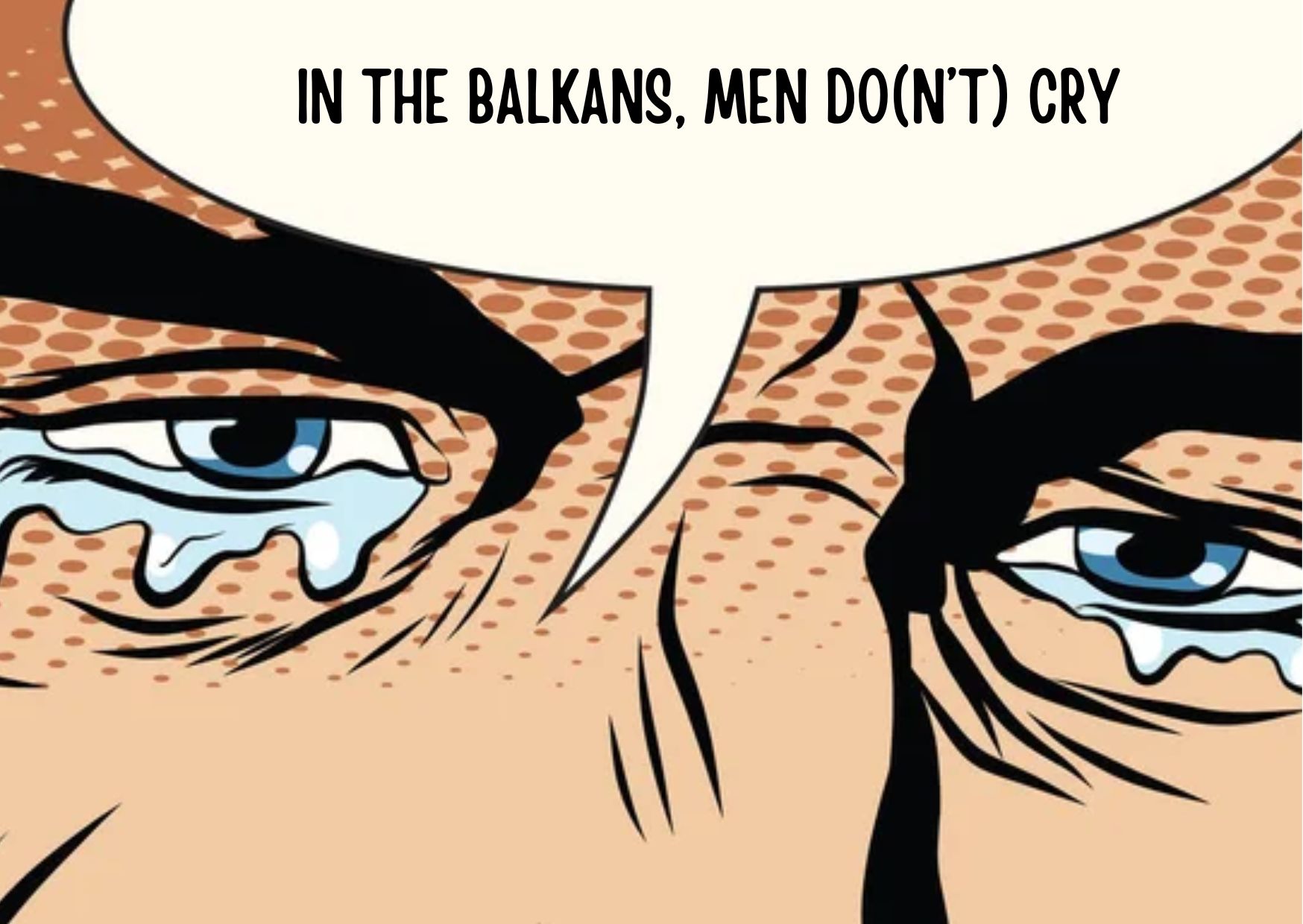Alban Kukaj always made sure that his drawings were filled with bright colors. The object that appeared most often in his drawings was the bus, as he wanted to go by bus to reunite with his father in Slovenia. But Alban never joined his father, nor did he draw again. He was killed on the way while escaping to Albania, along with 28 other children. He was only 14 when he died.
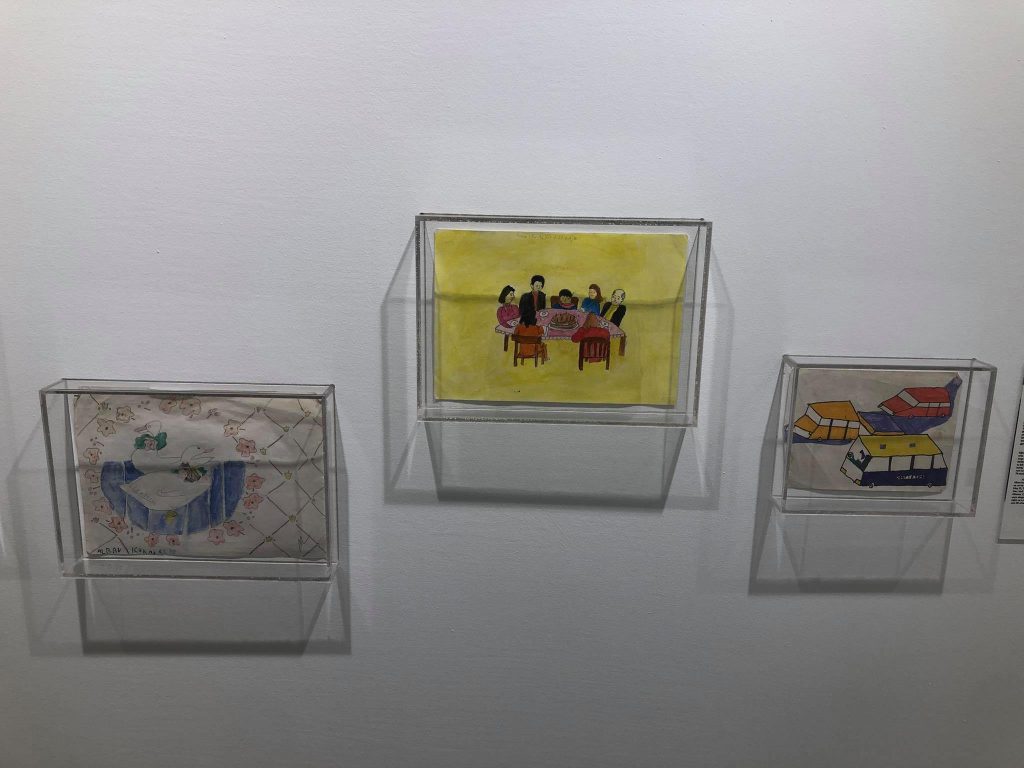
Arbër Duriqi met a similar fate. On March 28, 1999, his family was forcibly evicted by Serbian military forces who opened fire on them, killing 14 people. Arbër along with his mother, brother and two sisters were among the dead. Arbër had marbles in his pocket that day and they were found scattered on the ground by his father a few months later.
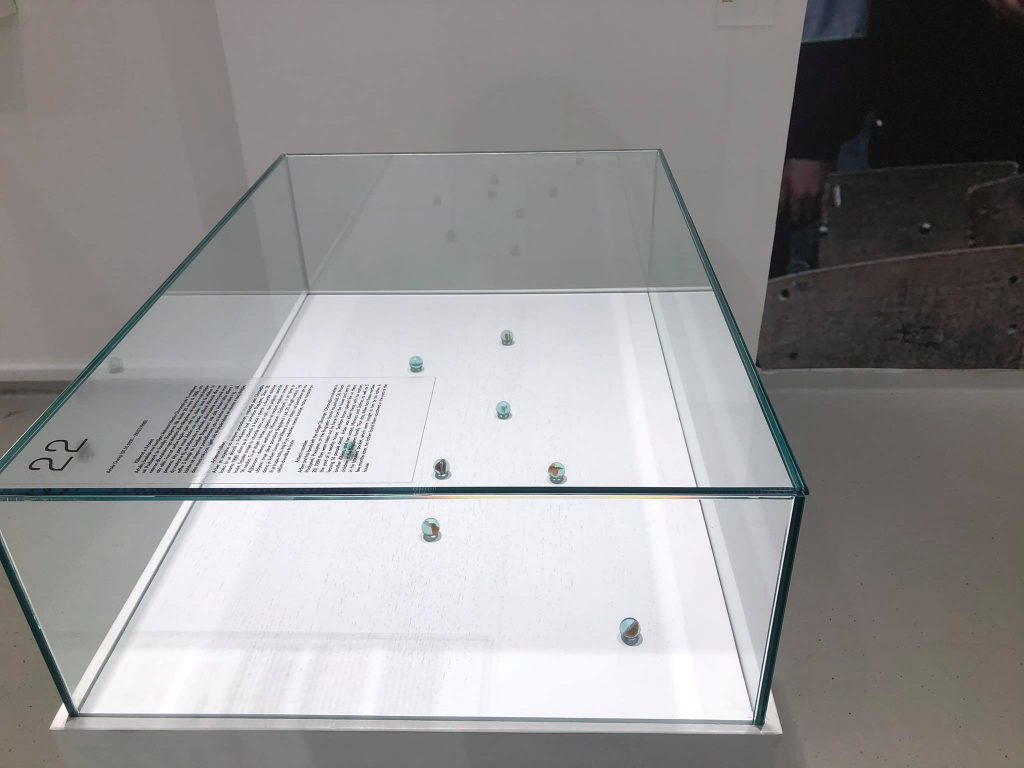
Many civilians lost their lives during the 1998-2000 war in Kosovo*, including 1,024 children who are officially dead and 109 others who are still missing.
To commemorate their short lives, filled with their personal belongings they left behind, an exhibition has been set up in Pristina by the Humanitarian Law Center Kosovo (HLC). HLC Kosovo was established in Prishtina in May 2007 by the human rights activist Ms Natasa Kandic, as a branch office of the HLC.
The exhibition is titled “Once upon a time and never again”. A 16 meters wall contains the names of 1,133 children, dead or missing due to the war.
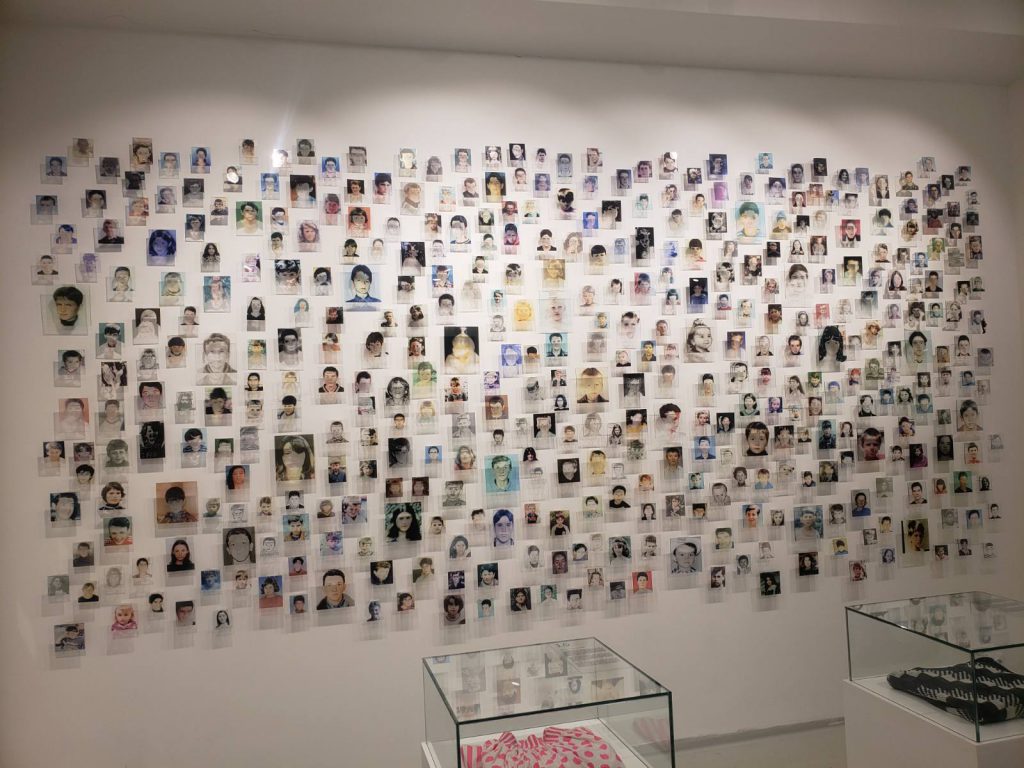
The exhibition aims to raise awareness on the war and its consequences, and to recall the importance of dealing with the past, promoting peace and dialogue in the region.
This exhibition opened on May 13, 2019 and is filled with the belongings of murdered children like their clothes, games, drawings and other objects that commemorate an interrupted childhood.
The exhibition manager, Ms Dea Dedi told us that this number of murdered children includes children of other nationalities and not only Albanians.
She showed us the key points of the exhibition which puts a special emphasis on the dark room where one can hear the story of Gramos Berisha, another child who survived the Suhareka massacre. Gramos narrates the events of the day when he lost his family and the way in which he managed to survive from that massacre.
The Suhareka massacre took place on March 26, 1999 in Suhareka, where Serbian police officers killed 48 Albanian civilians, including 14 children.
Ms Dedi told us more about the purpose of opening this exhibition.
“We have opened this exhibition in response to such non-initiatives that commemorate children killed or missing during the war. The Humanitarian Law Center has done a great job in compiling lists of people killed or missing during the war and this exhibition was made to honor all children of all nationalities who lost their lives or disappeared during the war in Kosovo.”
What makes this exhibition rather unique, is its 3D online format, which was supported by RYCO and other donors. It can be visited online here.
The organizers hope to place the exhibition in a public space or in a war museum in the near future, while they invite young people across the region to visit it in order to remember the past.
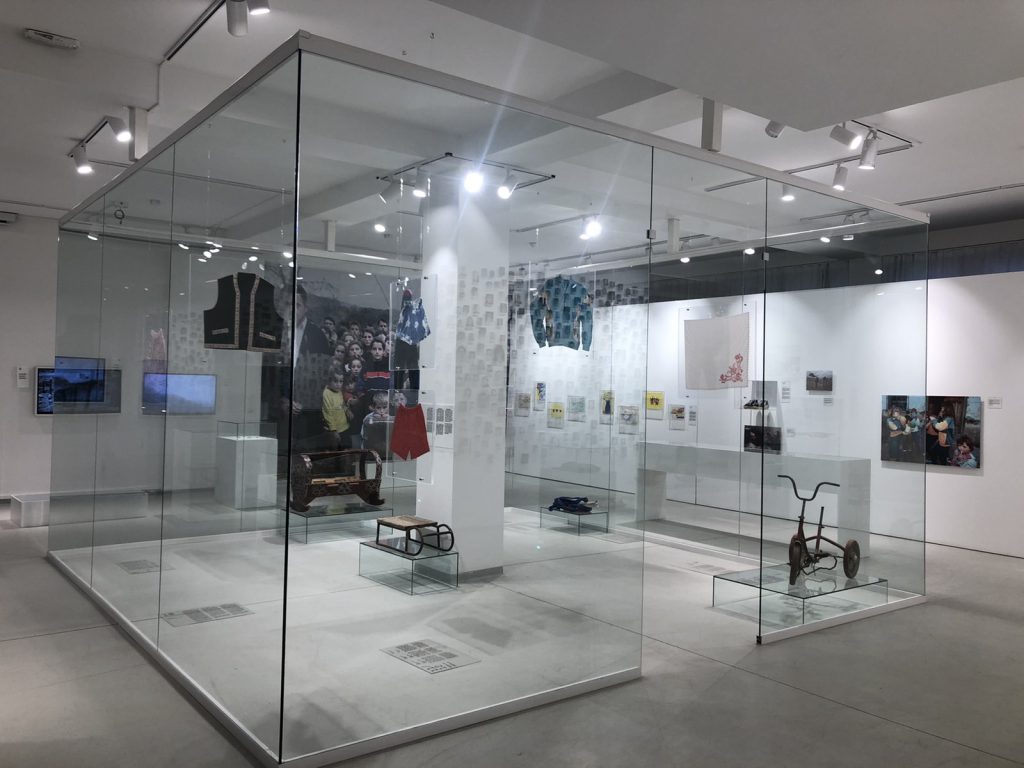
“There is a lack of these comprehensive fact-based initiatives in the region, and this deepens the confusion and makes the past more turbulent. Young people born after the war have the right to be informed about the past in such a way as to move away from one-sided narratives and not to increase hatred towards each other. They should not be held hostage to the past, but we should remember it in such a way that that story is not repeated,” said Ms Dedi.
Author: Shefket Bujari
This story was produced during the three-month Program for Students of Journalism in the Western Balkans within the framework of the advocacy project “A Better Region Starts with Youth” implemented by RYCO with the support of the Federal Republic of Germany. All journalists’ work is their own and the content of any given article does not represent the opinion of RYCO, and RYCO cannot guarantee the validity and the accuracy of the information that these stories contain.
_________________
*This designation is without prejudice to positions on status and is in line with UNSCR 1244 and the ICJ Opinion on the Kosovo Declaration of Independence.








